1. Bread Machines
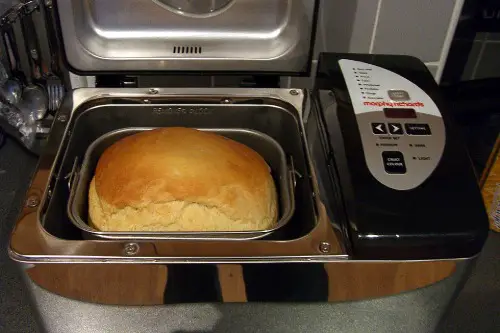
In the ’90s, bread machines promised homemade loaves with zero effort. They beeped, kneaded, and baked—all in one boxy appliance. But as artisanal baking surged and sourdough became a pandemic hobby, bread machines started collecting dust. Their loaves couldn’t compete with hand-shaped crusts and wild yeast.
Now, they’re rarely sold outside specialty retailers. Most people prefer oven baking or bakery runs. The machine’s convenience couldn’t match the romance of real dough. And yes, your aunt’s cinnamon loaf was probably machine-made.
2. Hanging Pot Racks
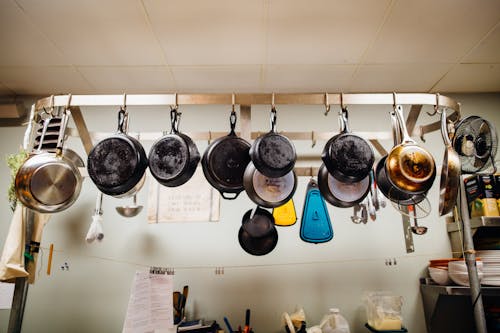
Suspended from ceilings or mounted above islands, pot racks were once a sign of serious cooking. They showcased copper pans, cast iron skillets, and the occasional colander. But modern kitchens favor clean lines and hidden storage. The visual clutter no longer feels chic.
Safety concerns also played a role. Heavy pans dangling overhead aren’t ideal in homes with kids or low ceilings. The rack became more hazard than helper. And yes, your head remembers that skillet swing.
3. Knife Blocks
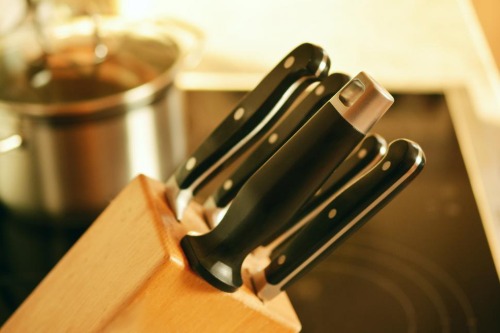
Once a countertop staple, wooden knife blocks were seen as a sign of culinary seriousness. They came with full sets—bread knife, boning knife, steak knives—and took up prime real estate near the stove. But as cooking habits shifted and minimalist aesthetics took hold, bulky blocks started to feel outdated. Many home cooks now prefer magnetic strips or drawer organizers.
Health concerns also played a role. Knife blocks are notoriously hard to clean and can harbor bacteria in their slots. The convenience no longer outweighs the hygiene risk. And yes, your chef’s knife is probably living solo now.
4. Spice Racks
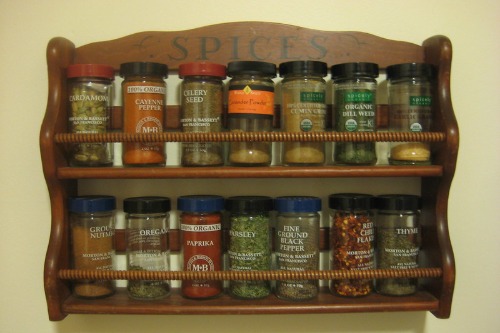
Rotating spice towers and wall-mounted racks were once proudly displayed in American kitchens. They offered easy access to dried herbs and seasonings, often alphabetized or color-coded. But as cooking trends shifted toward fresh ingredients and global flavors, the classic spice rack lost its shine. Now, most spices live in drawers or behind closed cabinet doors.
Pre-filled racks also fell out of favor due to low-quality contents. Home cooks want control over freshness and sourcing. The rack became more clutter than convenience. And yes, cumin deserves better than a dusty carousel.
5. Paper Towel Holders
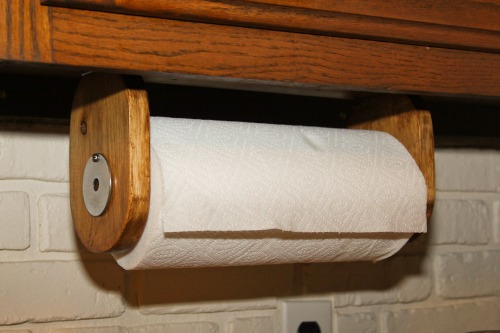
Freestanding paper towel holders used to sit proudly next to the sink, ready for spills and splashes. They came in chrome, wood, or novelty shapes—sometimes matching the soap dispenser. But as sustainability gained traction, paper towels fell out of favor. Reusable cloths and Swedish dish towels took their place.
Now, holders are tucked away or gone entirely. The countertop is reserved for essentials, not disposables. The shift reflects changing values, not just aesthetics. And yes, your sponge is doing more heavy lifting.
6. Built-In Desk Nooks
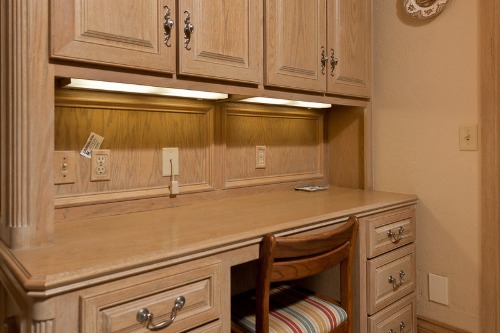
Older kitchens often included a small desk area—perfect for writing grocery lists, sorting mail, or charging phones. It was a cozy corner with drawers, a chair, and maybe a corkboard. But as laptops replaced notepads and smartphones replaced calendars, the desk nook lost its purpose. It became a clutter magnet.
Today, that space is often repurposed into pantry shelves or coffee stations. The desk is no longer a kitchen necessity. It’s a relic of analog life. And yes, your junk drawer used to live there.
7. Ceramic Canister Sets
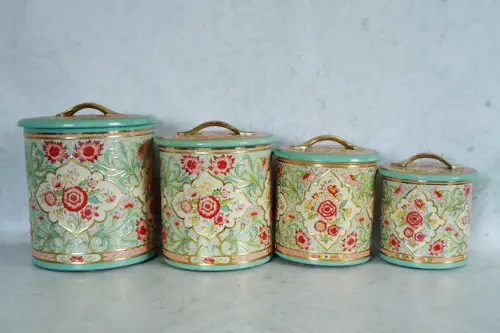
Matching canisters for flour, sugar, coffee, and tea once lined American countertops in coordinated glory. They came in floral prints, farmhouse styles, or sleek mid-century designs. But as bulk buying and minimalist storage took over, these sets started disappearing. Clear containers and labeled bins replaced decorative jars.
Functionality now trumps form. People want airtight seals and stackable options. The ceramic charm couldn’t compete with pantry efficiency. And yes, your grandma’s sugar jar had a scoop inside.
8. Wall Phones

The kitchen wall phone was once the communication hub of the home. With its long cord and built-in notepad, it handled everything from dinner plans to emergency calls. But smartphones rendered it obsolete, and landlines followed suit. The wall phone became silent—and then vanished.
Now, that space is used for art, shelving, or smart home hubs. The corded phone is a nostalgic memory, not a tool. It’s a symbol of a slower, more centralized life. And yes, you probably wrapped the cord around your finger.
9. Lazy Susans
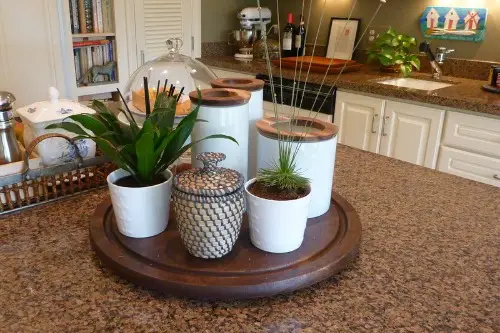
Corner cabinets with spinning trays were once the solution to awkward storage. They held spices, canned goods, or baking supplies in a whirl of accessibility. But they often jammed, broke, or became clutter traps. Modern cabinetry favors pull-out drawers and tiered shelves.
Designers now see Lazy Susans as inefficient and outdated. The spin doesn’t justify the space. They’re quietly phased out in remodels. And yes, your paprika is stuck in the back.
10. Plastic Measuring Cups

Brightly colored plastic measuring cups were once a kitchen staple—cheap, cheerful, and easy to replace. They came in nesting sets and often doubled as toy scoops for kids. But concerns over BPA, staining, and warping led many to switch to stainless steel or glass. Durability won the day.
Now, plastic sets are relegated to dorm rooms and starter kitchens. Serious cooks want precision and longevity. The cheerful plastic lost its charm. And yes, the ⅓ cup always went missing.
11. Microwave Carts
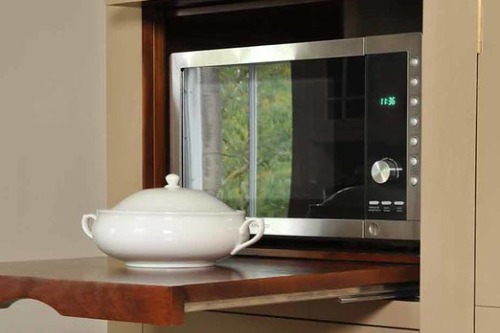
Microwave carts were the solution to bulky appliances and small kitchens. They offered wheels, shelves, and sometimes a spice rack or towel bar. But as microwaves became built-in or over-the-range, the cart lost its purpose. It became more obstacle than asset.
Today, carts are rare outside thrift stores. Kitchens are designed with integrated appliances and cleaner lines. The cart’s utility couldn’t keep up with design trends. And yes, it always squeaked when you moved it.
12. Recipe Boxes
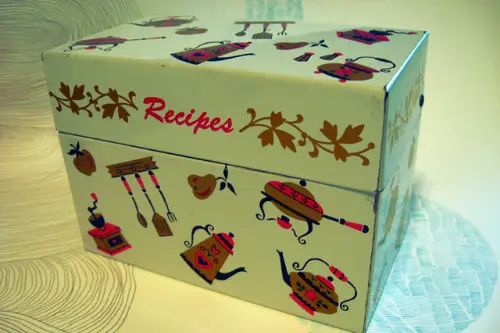
Wooden or metal boxes filled with handwritten recipe cards were once treasured kitchen heirlooms. They held family secrets, magazine clippings, and notes in cursive. But digital recipes, apps, and online videos replaced the tactile charm. The box became a sentimental relic.
Now, most recipes live in cloud folders or Pinterest boards. The physical box is more keepsake than tool. It’s nostalgia in a drawer. And yes, your aunt’s casserole lives on in JPEG form.
13. Electric Can Openers
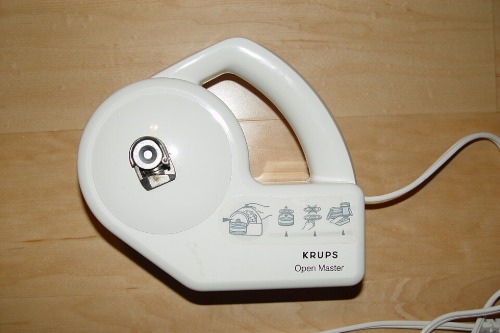
Mounted to counters or standing tall, electric can openers were once a sign of modern convenience. They buzzed, whirred, and sometimes mangled lids with flair. But manual openers proved faster, quieter, and easier to clean. The electric version lost its edge.
Today, they’re rarely seen outside vintage kitchens. Simplicity won over automation. The plug-in opener became more hassle than help. And yes, it always left a jagged edge.
14. Tupperware Towers
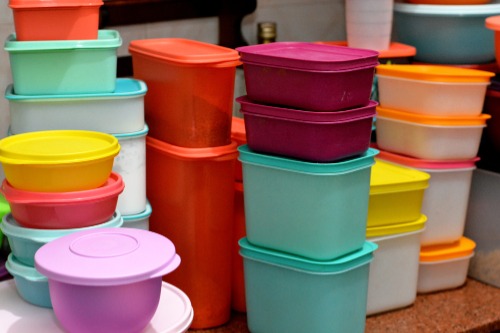
Stacked towers of mismatched Tupperware once filled cabinets and drawers in chaotic abundance. They were passed down, borrowed, and never returned. But as glass containers, silicone lids, and minimalist storage gained popularity, plastic towers started shrinking. The clutter wasn’t worth the convenience.
Now, people invest in uniform sets or switch to sustainable materials. The tower is no longer a badge of domesticity—it’s a space hog. The shift reflects changing values around waste and organization. And yes, the lid you need is still missing.
This post 14 Things That Are Quietly Disappearing from American Kitchens was first published on American Charm.


